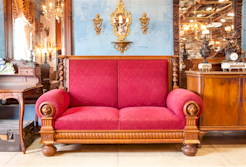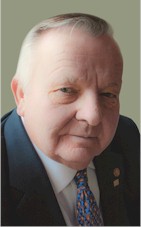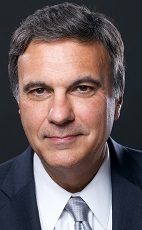
We have all been there. After a long day of travel, exhaustion kicks in and you can hardly wait to reach the hotel. When the front desk attendant hands over the key, you can finally take a deep breath and get set for the fun-filled days ahead. For the business traveler, whose stay is less casual and more formal, a room key means it's time to relax and prepare for the next important meeting or to celebrate a success. First things first: Every traveler deserves lobbies and public spaces that warmly welcomes them and awakens their senses, something more than a passageway to the front desk for expediting check-in and check-out. READ MORE




 Corporate hotel developers once believed that their customers appreciated a homogenous design experience; that regardless of their physical location, they would be reassured and comforted by a similar look, feel and design in all their brand properties. Inevitably this led to a sense of impersonality, predictability and boredom in their guests who ultimately rejected this notion. Today's hotel customer is expecting an experience that is far more original and authentic - an experience that features a design aesthetic that is more location-oriented, inspired by local cultures, attractions, food and art. Architects and designers are investing more time to engage the local culture, and to integrate the unique qualities of each location into their hotel design. Expression of this design principle can take many shapes and forms. One trend is the adaptive reuse of existing facilities - from factories to office buildings - as a strategic way to preserve and affirm local culture. Many of these projects are not necessarily conversions of historic properties into grand, five-star landmark hotels, but rather a complete transformation of historic structures into mixed-use, residential, and hotel projects that take full advantage of their existing location. Another trend is the addition of local art into a hotel's design scheme. From small sculptures and photography to large-scale installations, integrating local art is an effective means to elevate and enhance a guest's perception and experience of the hotel. These are just a few of the current trends in the fields of hotel architecture and design that will be examined in the November issue of the Hotel Business Review.
Corporate hotel developers once believed that their customers appreciated a homogenous design experience; that regardless of their physical location, they would be reassured and comforted by a similar look, feel and design in all their brand properties. Inevitably this led to a sense of impersonality, predictability and boredom in their guests who ultimately rejected this notion. Today's hotel customer is expecting an experience that is far more original and authentic - an experience that features a design aesthetic that is more location-oriented, inspired by local cultures, attractions, food and art. Architects and designers are investing more time to engage the local culture, and to integrate the unique qualities of each location into their hotel design. Expression of this design principle can take many shapes and forms. One trend is the adaptive reuse of existing facilities - from factories to office buildings - as a strategic way to preserve and affirm local culture. Many of these projects are not necessarily conversions of historic properties into grand, five-star landmark hotels, but rather a complete transformation of historic structures into mixed-use, residential, and hotel projects that take full advantage of their existing location. Another trend is the addition of local art into a hotel's design scheme. From small sculptures and photography to large-scale installations, integrating local art is an effective means to elevate and enhance a guest's perception and experience of the hotel. These are just a few of the current trends in the fields of hotel architecture and design that will be examined in the November issue of the Hotel Business Review.
.jpg?w=70)






.jpg?w=70)




















.jpg?w=70)









